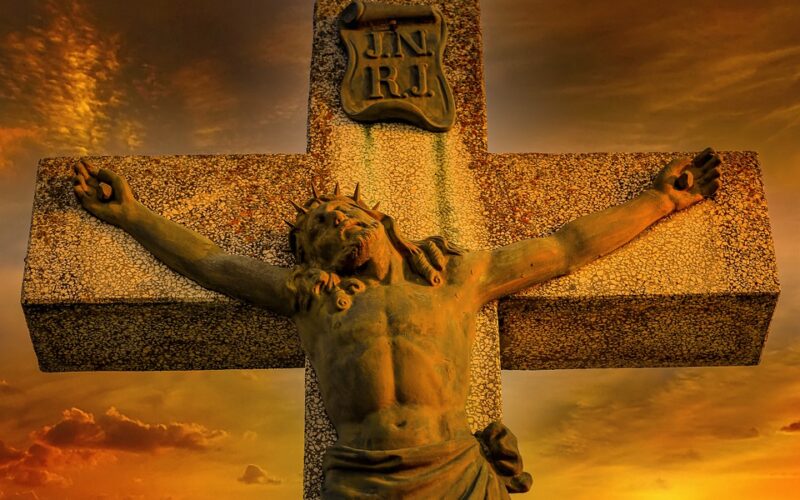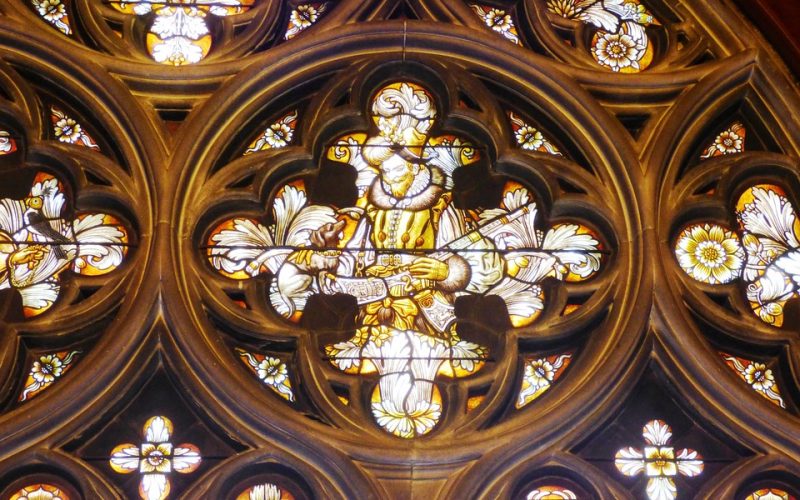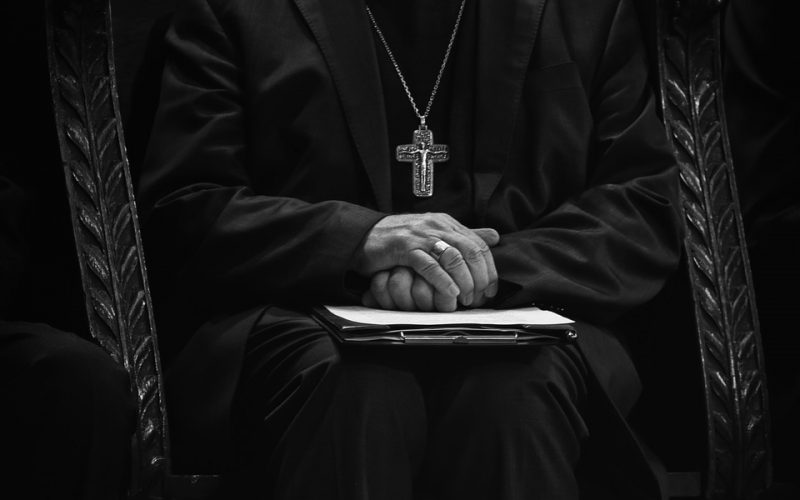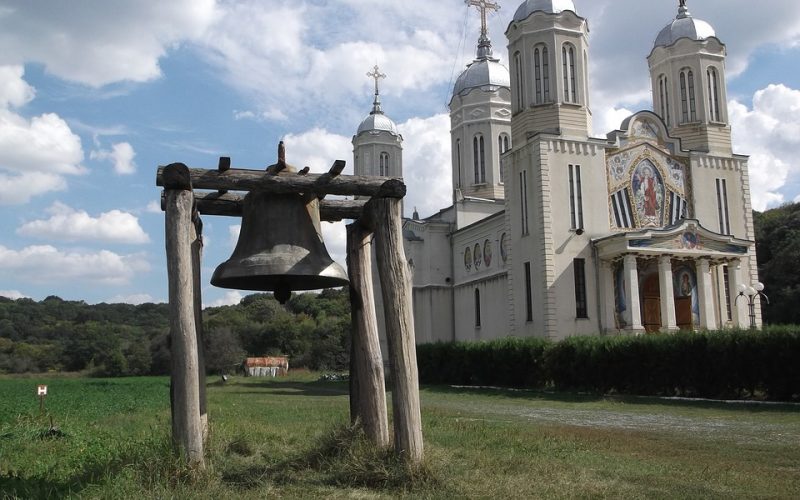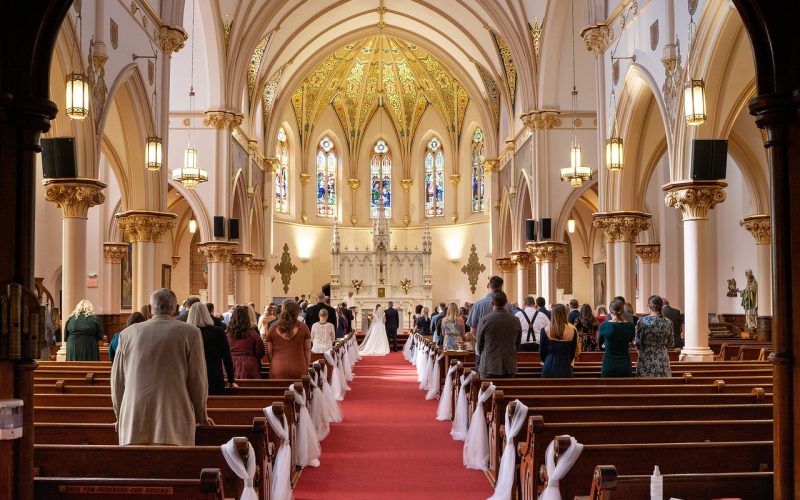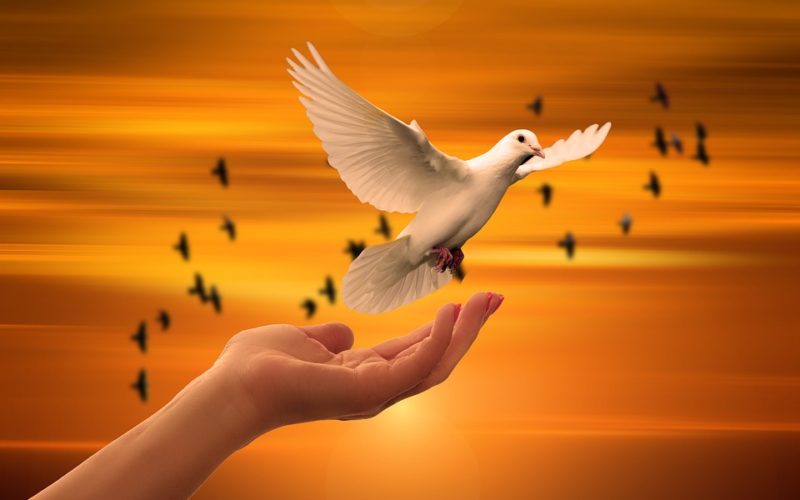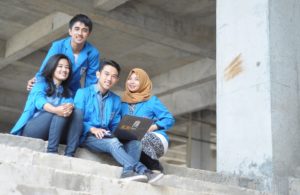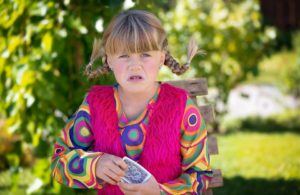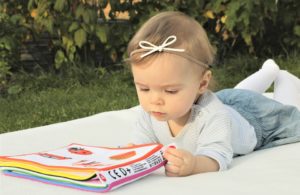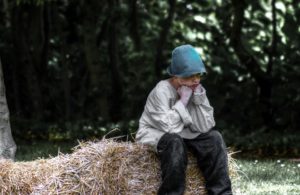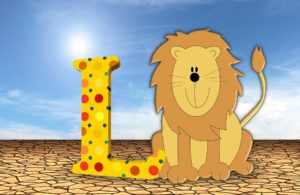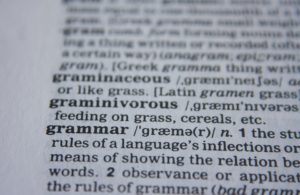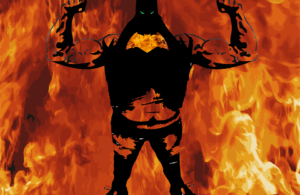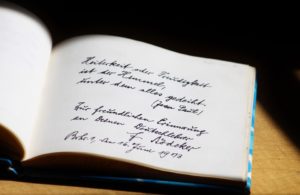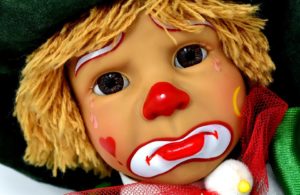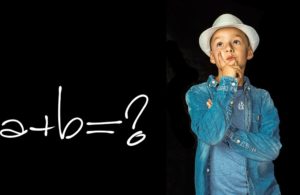With Easter just around the corner, it is important to consider how best to help children understand and celebrate this special holiday. As school teachers or parents, we can use meaningful activities that focus on both religious and cultural aspects of Easter, while creating lasting memories for our little ones.
Easter is a religious holiday
Easter is a religious holiday, celebrated by people of the Christian faith, that marks Jesus Christ's resurrection from the dead. It usually occurs between late March and late April of each year.
As part of this celebration, Jesus' crucifixion and death are remembered - Jesus was killed by Pontius Pilate on Calvary Hill over two millennia ago and is said to have then been resurrected three days later.
Many symbols are associated with Easter, such as flowering plants typical of spring like lilies or Jesus’ thorns as signs of Jesus’ suffering as well as Easter eggs representing Jesus’ empty tomb and His triumphant re-birth into life. Christians across the world use this time for prayer, celebration and reflection to remember Jesus Christ's sacrifice for humanity; it ultimately serves as a time to remember Jesus' triumph over sin and death.
Many families enjoy decorating Easter eggs
Celebrating Easter with children is a wonderful way to share the joy of the holiday, and there are many ways to talk about and engage with its spiritual significance. Church services are a great place to start; experiencing a service together will be meaningful for the whole family, not only because of religious affiliation, but also providing an opportunity to celebrate and discuss the real reason behind Easter.
Additionally, many families enjoy decorating Easter eggs together and creating chocolate-filled baskets. While these traditional activities provide fun and exciting ways for kids to get involved in celebrating the holiday, it is important to remember that what makes this celebration so special is its symbolic meaning of hope and new beginnings.
3. Ideas for teaching children about Easter
Easter is a special holiday for Christians, and assemblies in primary schools are an ideal setting to help children learn all about it. Schools can read the Easter Story KS2 and talk with the students about its significance while also addressing any questions they have.
Additionally, there are plenty of interactive activities that teachers can put together to help kids understand how the Easter story KS1 is celebrated. Involving parents by encouraging them to come in to the school or send in their own stories, images or decorations is also an excellent way to further engage with the topic. Primary assemblies inspired by Easter not only provide educational value but also bring a sense of spirituality that makes this holiday so special.
Celebrating Easter can be memorable in more ways than one
During the Easter season, there are many activities that can bring cheer to friends and family. Celebratory gatherings with a hearty breakfast featuring traditional Easter dishes is one of them. Growing an Easter garden indoors can provide an opportunity for creative expression with the use of egg shells and flower petals in the decorated soil. For children, a variety of games can take place such as finding chocolate eggs or telling stories about rebirth and renewal.
Lastly, going on a nature walk provides a chance to get in touch with nature and find various signs of spring’s beauty through emerging leaves and vibrant blooms. With so many options available, celebrating Easter can be memorable in more ways than one!
Many chocolate eggs appeared in Europe in the early 19th century
Traditionally, Easter eggs serve as a symbol of renewal and rebirth probably going as far back as pre-Christian fertility/spring festivals. During the Middle Ages, bright coloured eggs decorated with gold leaf became small masterpieces that were exchanged between both rich and poor families alike to mark the end of Lent.
This tradition was later adopted by European protestants and popularized on a large scale. Many chocolate versions appeared in Europe in the early 19th century and then migrated to North America with German immigrants.
Today, Easter eggs come in many forms from hand painted wooden versions to fancy chocolates, but their original meaning remains unchanged. They represent hope, new beginnings and most importantly, friendship that has been passed down through the generations.
